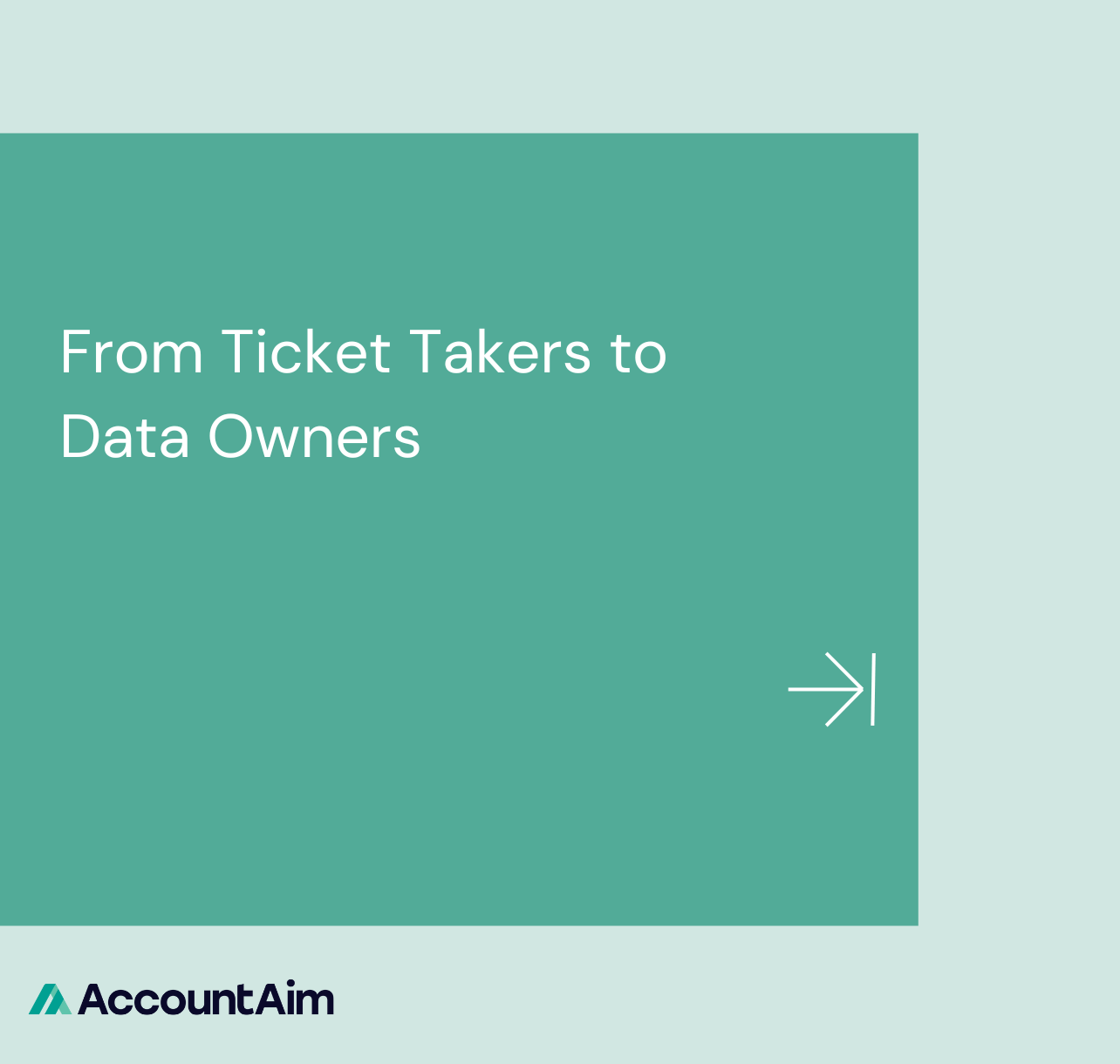Forecast categories play an essential role in how a GTM organization communicates confidence. Clear and consistent definitions ensure everyone understands the status of each opportunity. Establishing a shared framework avoids confusion and helps leaders make decisions based on aligned criteria.
Start with four tiers. Define them clearly
Using a four-tier structure provides clarity without unnecessary complexity.
1. Commit
- Deal is forecasted to close this period
- Verbal yes or contract in progress
- Mutual action plan in place and active
- Champion is confirmed and has influence over final steps
This tier signals revenue that is highly dependable.
2. Best Case
- Late-stage deal with strong signals but still needs a final push
- You have access to power and agreement on value
- There are risks, but they are identified and being worked
- Close this quarter is possible, but not guaranteed
This represents a realistic potential for upside.
3. Pipeline
- Opportunity is qualified
- Discovery is complete or underway
- Timeline is stated, but not locked in
- You’ve identified need and potential budget
These opportunities show what might mature in future cycles.
4. Upside
- Early-stage, low confidence, speculative deals
- No access to decision-maker
- No clear mutual plan or budget yet
- Often newly created opps or partner-sourced leads
This tier reflects growth potential, not forecastable revenue.
How to operationalize these in your CRM
Implementing this structure requires more than definitions. Systems and workflows should reflect and reinforce the tiers:
- Add help text or tooltips in the forecast category field
- Use validation rules: e.g., no Commit unless “Close Plan” field is filled
- Build reports to surface deals with mismatches (e.g., Commit opps with no activity in 10+ days)
- Train frontline managers to apply the standards consistently
Consistency across even small teams brings benefits in accuracy and efficiency.
Outcomes of clear forecast categories
Standardized categories streamline the forecasting process and improve cross-functional alignment. They support:
- More effective forecast calls
- Better coaching by sales leadership
- Increased credibility with finance
- Higher accuracy in reporting
They provide a framework that reduces ambiguity and increases trust.
Simple reference table
| Category | Definition | Confidence | Included in Forecast |
| Commit | Verbal yes + active MAP | 90%+ | Yes |
| Best Case | Late-stage, aligned, but with risks | 60–80% | Sometimes |
| Pipeline | Qualified, working through process | 30–50% | No |
| Upside | New or speculative opps | <30% | No |
Refinements can be made over time, but the starting point should be a shared language. Clear definitions accelerate everything from deal reviews to board reporting.
Establishing trust in your forecast begins with clear and consistent labels.
Learn More
See all six steps to a trusted sales forecasting framework in this blog post.



